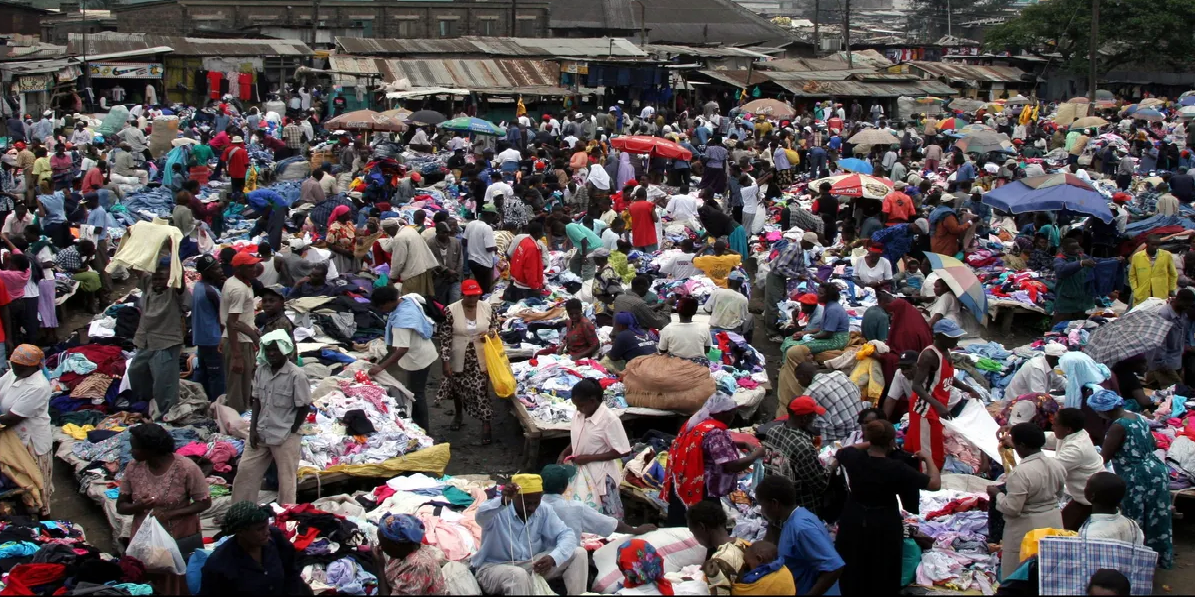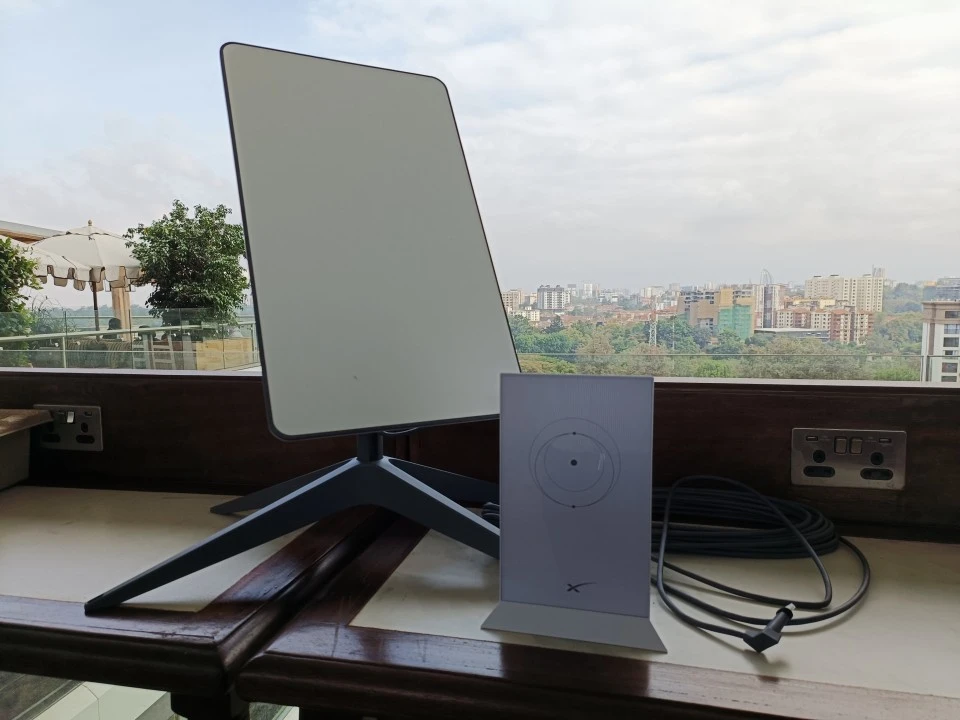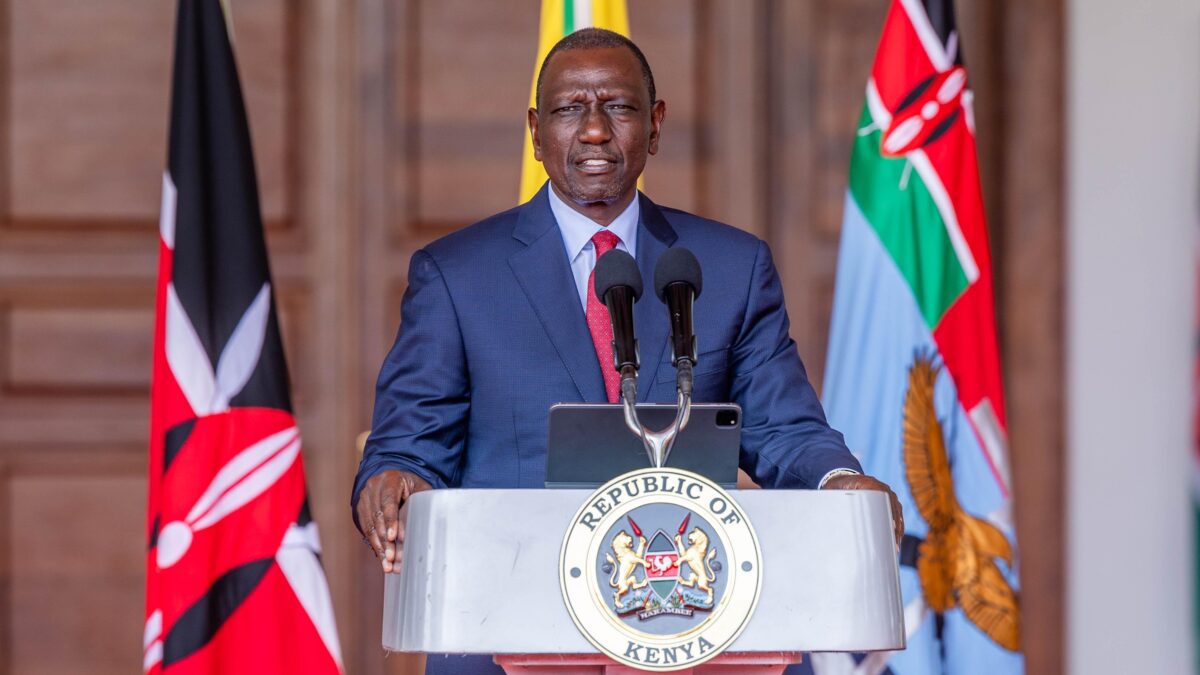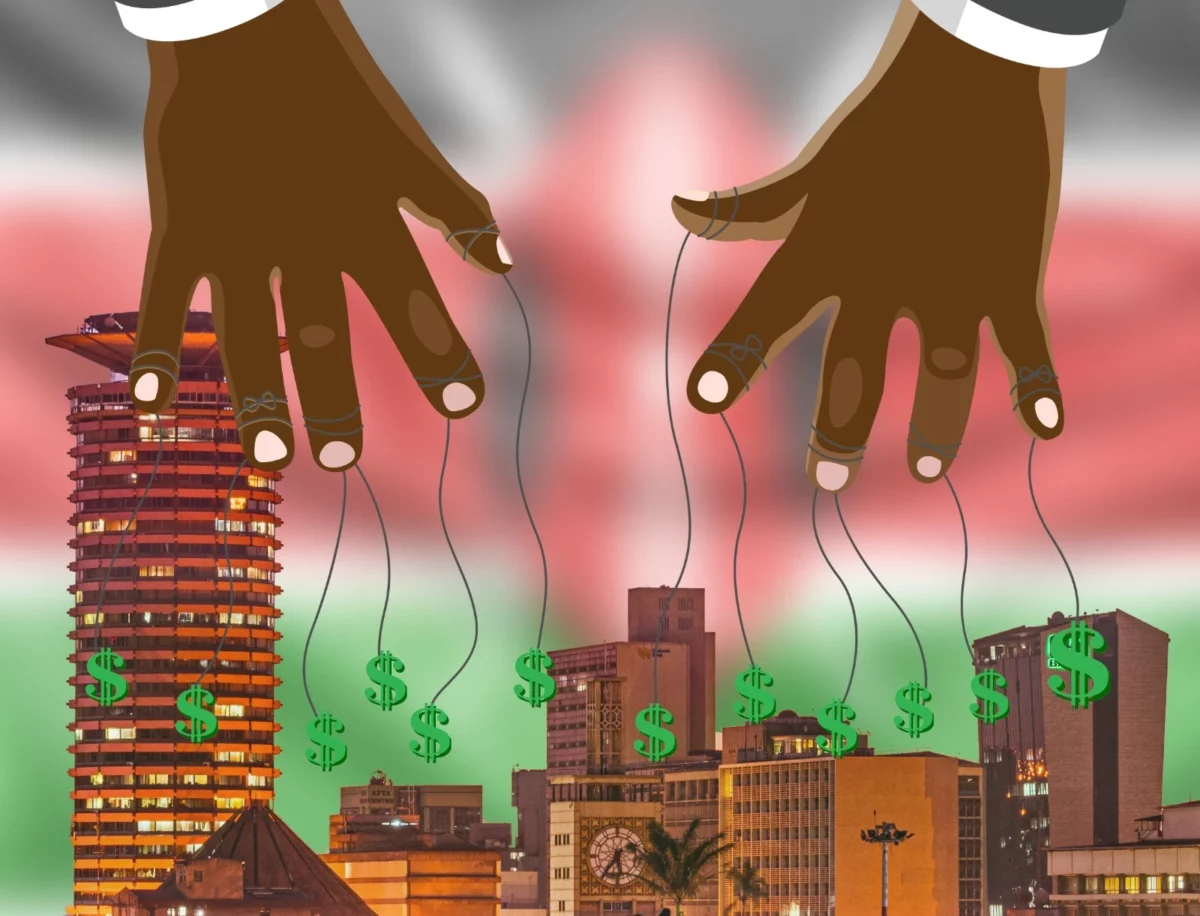The market for secondhand items has become increasingly popular due to their affordability. Whether you are a seller or a buyer, you are likely aware of the wide reach of this market and its profitability.
China has seen a significant increase in the consumption of second-hand items, particularly among the Gen Z population. The second-hand market in China has expanded to a $130 billion industry, indicating a high demand for these goods.
Last year, approximately 3 million young Chinese consumers signed up for second-hand trading platforms. In Kenya, the Gikomba market is the largest Mitumba (used clothes) market in the country, providing employment to thousands of retailers and serving as a central hub for Mitumba imports from various parts of the world.
According to a report by the Beijing-based Institute of Energy, Environment and Economy, China’s second-hand market is projected to exceed $410 billion by 2025.
As Gen Z continues to define consumption in this digital age, demand for technological second-hand products such as laptops, phones and other mobile accessories will rise in the Kenyan market, similar to China.
As the second-hand market grows, secondary services that cater to the sector are seeing a surge in business, like one company in Tianjin municipality that evaluates used laptops for defects. They’ve seen their daily orders more than tripled since last year.
“We had 20 to 30 orders per day during the same period last year, and now it’s more than 100 for laptops alone,” one sales representative explains.
China’s Gen Z puts over 4 million second-hand items for sale daily. The majorly consumed goods are second-hand musical instruments.
“The frequency and volume of secondhand transactions are increasing. Young people mainly purchase small musical instruments, such as guitars, saxophones, or simple electronic keyboards,” a Chinese shop owner based in Shanghai says.
Kenya is not left out in the second-hand business with clothes of this type being a major sale in the country. Markets such as Gikomba, prominent for mitumba (used clothes), have been holders of this large business in the country.
Kenya’s Gen Z has been equal to the task of leading the front in matters of online shopping and digital markets dealing in second-hand goods. Kenya boasts one of the largest second-hand markets in Africa next to countries such as Ghana, Uganda, and Nigeria.

According to the Kenyan Bureau of Standards, the Kenyan second-hand clothes business was valued at Ksh 19.9 billion as of 2022. This made it a largely profitable market that can grow even bigger.
The market is growing in different parts of the world with the US holding the slot for the biggest exporter of second-hand clothes. As a consumer, most of the second-hand clothes you buy are likely from the United States.
Clothes are not the only consumed products in the country with home appliances such as blenders and electric kitchenware having a wide consumer base.











































